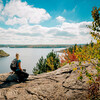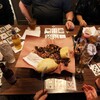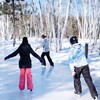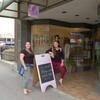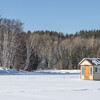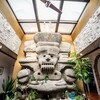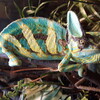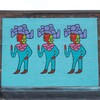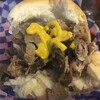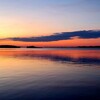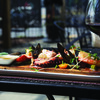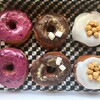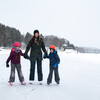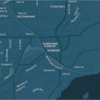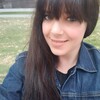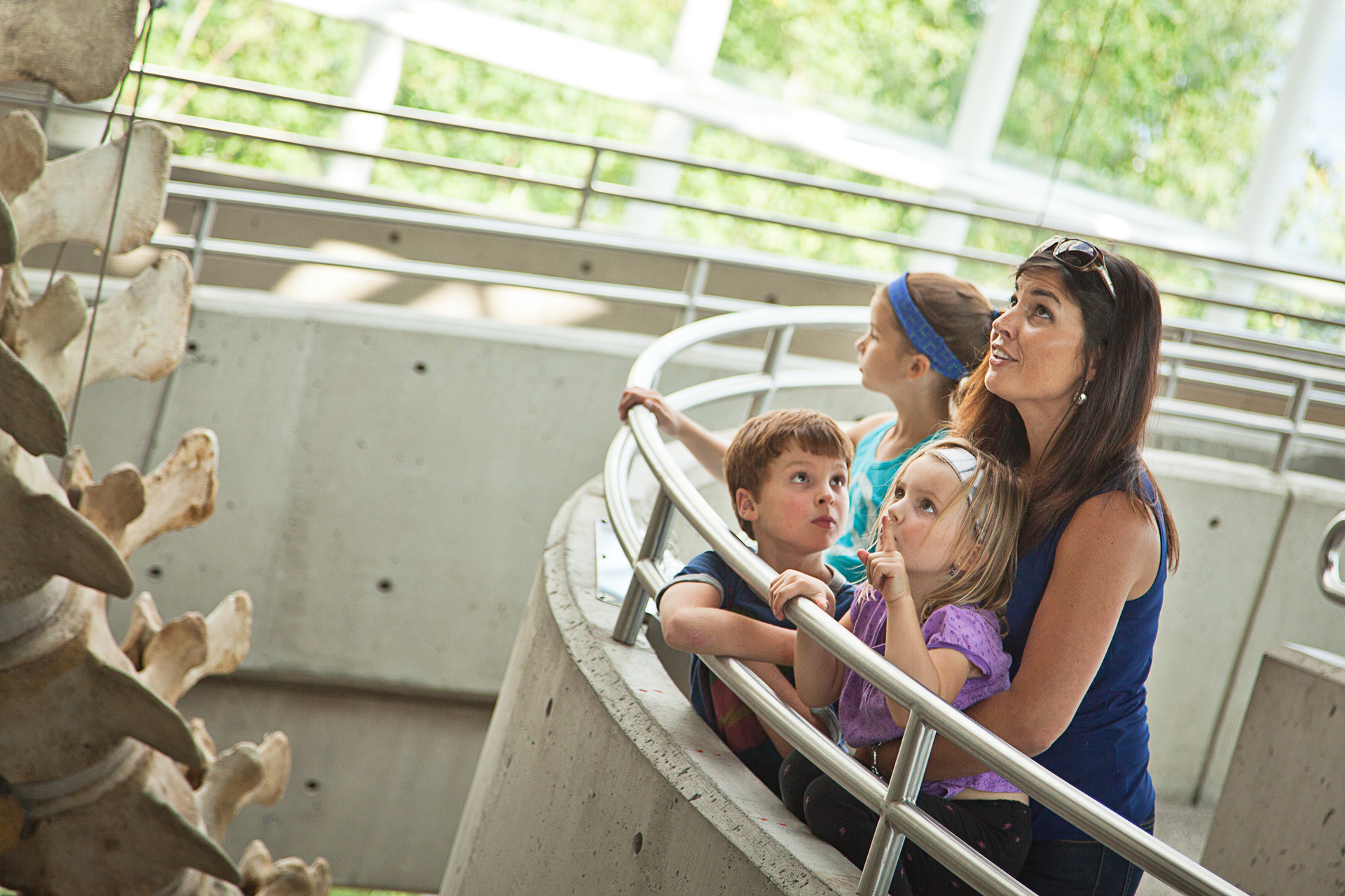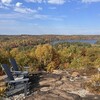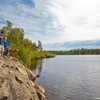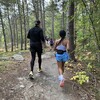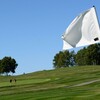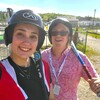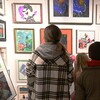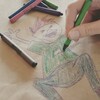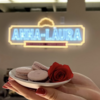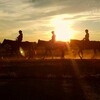
This Underground Lab in Sudbury Is Studying the Smallest Particle in the World
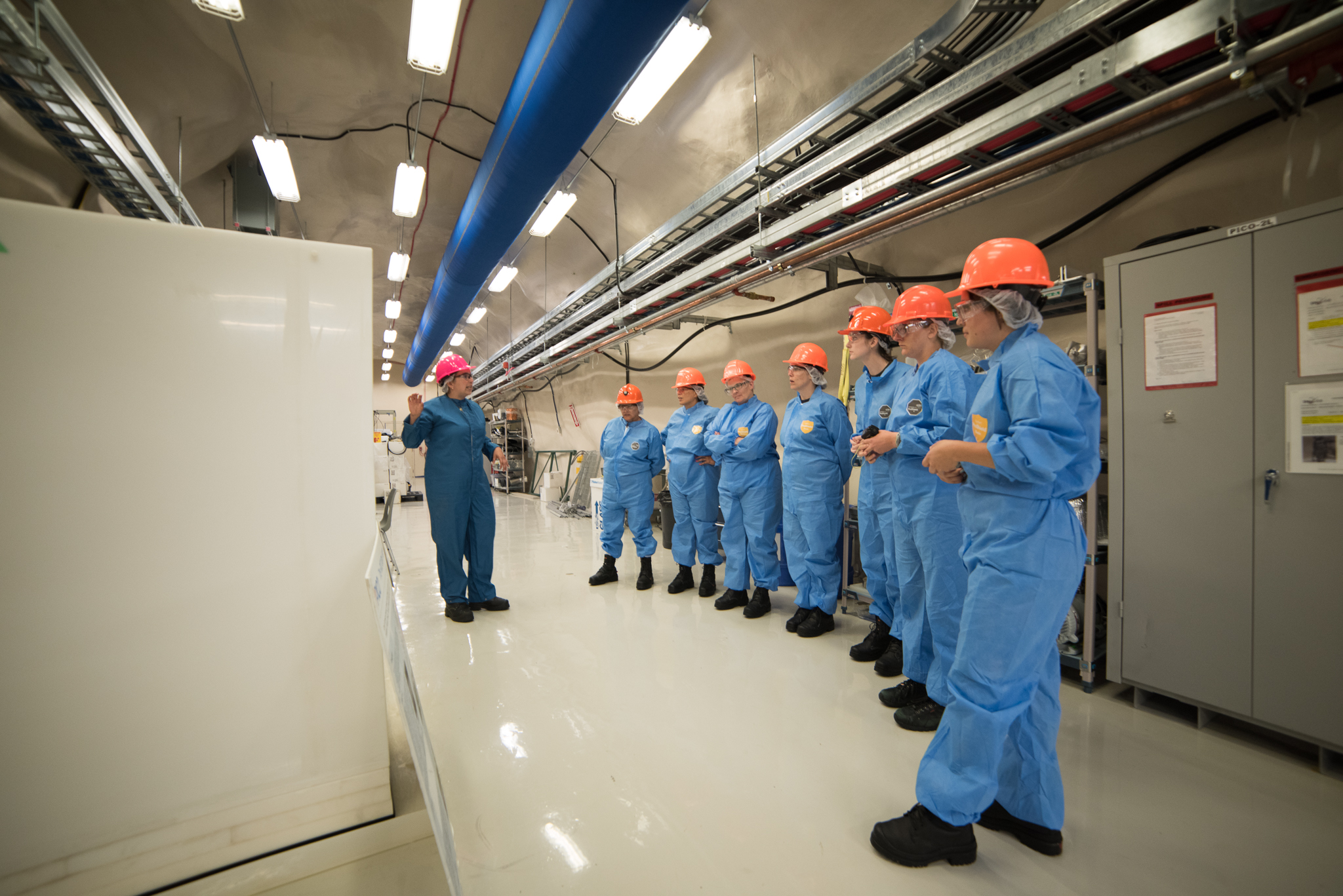
Sudbury, Ontario is home to the only laboratory of its kind in Canada: SNOLAB. The origin of this fascinating underground laboratory goes back to 1998 when scientists conducted experiments in an endless quest to understand fundamental particles of the universe (namely neutrinos and dark matter).
What’s remarkable is that SNOLAB is located 2000 metres below ground. Yes, you read that right – a full two kilometres. You would have to stack four CN Towers on top of one another to reach the depth of the laboratory. There is actually an asteroid named after it, so it’s got to be cool!
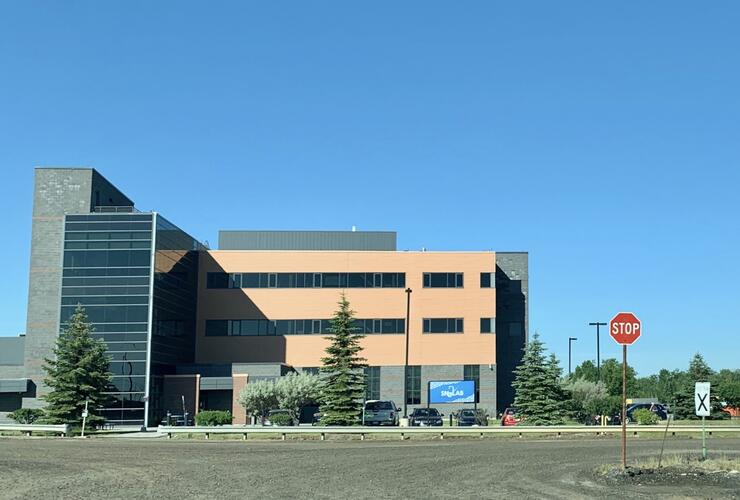
First, A Little Background on the Neutrino
You can’t see neutrinos with the naked eye, but in one second, billions of solar neutrinos pass through your thumbnail. The sun and other stars produce these subatomic particles, which are the smallest particles in the universe.
Ever since neutrinos were first directly detected in 1956, scientists have tried to understand them because they hold the answer to the evolution and fate of the sun, which in turn relates to life on earth. A significant step forward in this quest was the Homestake Experiment. From 1970 to 1994, a detector in an underground mine in South Dakota measured neutrinos. The goal was to measure the number of solar neutrinos reaching Earth. But there was a significant discrepancy between the number of neutrinos detected and the number predicted by theoretical calculations. This discrepancy was known to the scientific world as “The Solar Neutrino Problem.”
Why Is SNOLAB In Sudbury? It's All About the Mining.
The hunt was on for solutions to the solar neutrino problem. Japan, Italy, and the former Soviet Union all looked for a solution. And Canada soon became part of this quest. By the 1980s, Sudbury was a place of innovation. In 1971, astronauts from Apollo 16 trained in town before their lunar mission. In 1978, a regreening program was initiated in town, followed by the opening of Science North in 1984. An international team of scientists, educational institutions, and scientific organizations, called the “SNO collaboration,” researched INCO’s nickel and copper mine in Creighton, a community outside of Sudbury.
The mine was the deepest of its kind in the world. Managers at the mine were open to hosting a physics experiment, and, as a result, the SNO experiment was established. Two thousand metres of rock would protect lab experiments from cosmic rays, hugely reducing background radiation levels.
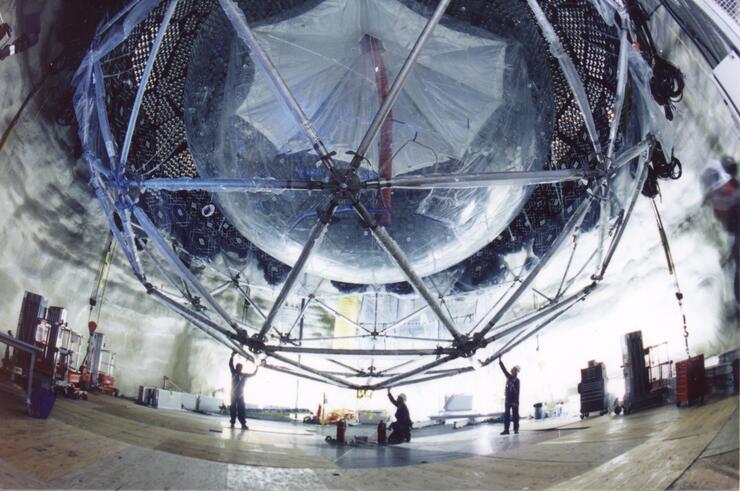
How'd They Build SNOWLAB Exactly?
Engineers created a 12-metre diameter spherical acrylic vessel below ground. The vessel was bonded together underground from 125 pre-formed panels (since all detector components had to fit into the mine cage!) Atomic Energy of Canada lent 1,000 tonnes of heavy water that would be used to observe three separate neutrino reactions. This would allow scientists to understand if solar neutrinos changed flavour as they travelled to the Earth.
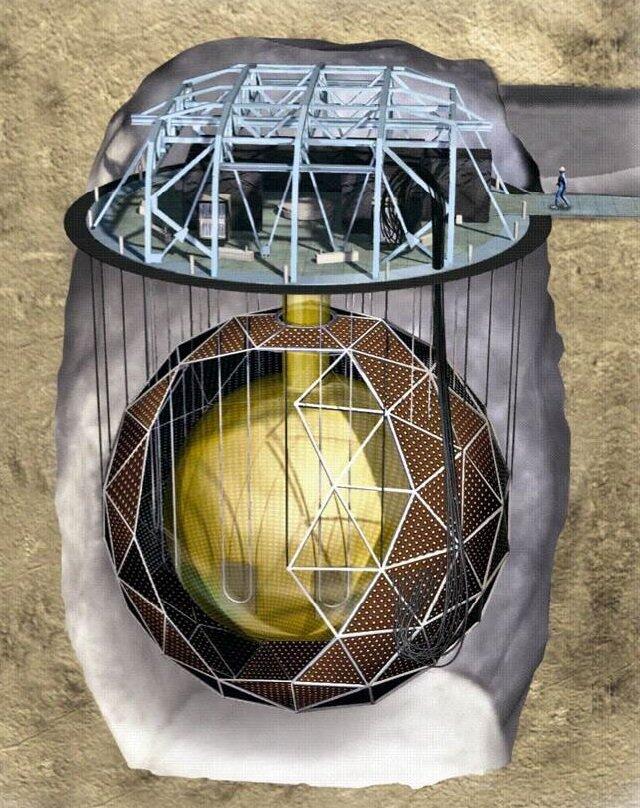
A 10-story cavern was created to host the experiment. (In the photo above, you’ll see the scale in comparison to a person walking on the access deck). Access to this massive cavern was through a passageway called "SNO DRIFT" that was set away from the active mining area to help isolate the experiment from any vibrations caused by mining activity. The SNO drift also included operations equipment and personnel facilities – all in a cleanroom setting. If you’re wondering what this means, think clean in every way possible!
The Early Days of the Sudbury Neutrino Observatory (1998-2006)
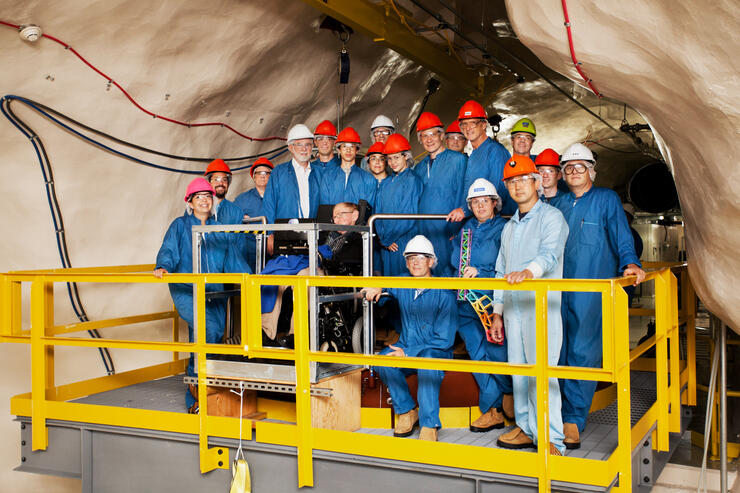
The SNO collaboration included experts from around the world, including Dr. Art Macdonald, an astrophysics professor from Queen’s University. After nine years of construction, SNO began operations on April 28th, 1998. World-renowned theoretical physicist Dr. Stephen Hawking spoke before a delighted crowd. "Neutrinos are mysterious and elusive particles, yet they may make up 90 per cent of the density of the Universe. It all depends on their mass, which is one of the things that S-N-O will measure. Let's hope the neutrinos cooperate by turning up and having a mass in the interesting range.”
Hawking was right. In 2001, SNO scientists published a paper showing that neutrinos change flavour on their journey to Earth. As a result, the 2015 Nobel Prize in Physics was co-awarded to Dr. Art McDonald and Dr. Takaki Kajita (from Japan’s Super-Kamiokande detector) for the discovery that neutrinos change identities and therefore have mass.
SNOLAB (2012 –)
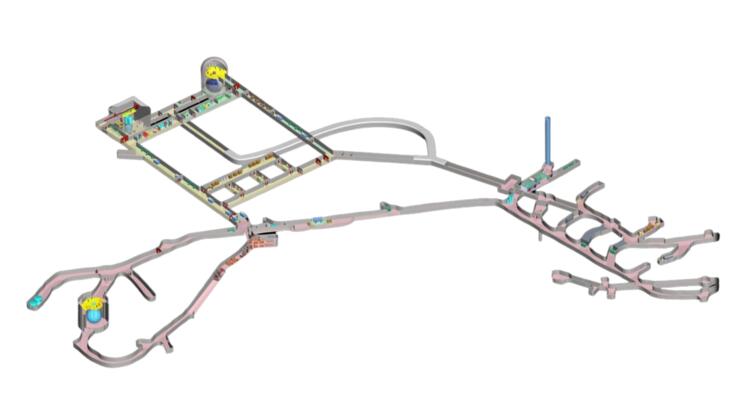
Now that the riddle of neutrino oscillations was solved, the SNO facility was expanded into a multi-purpose laboratory. The goal was to further research astroparticle physics and collaborate with other scientists around the world. SNOLAB opened in 2012 with 3,700 m2 of additional cleanroom space – making it the deepest, cleanest lab in the world.
What Exactly Happens at SNOLAB?
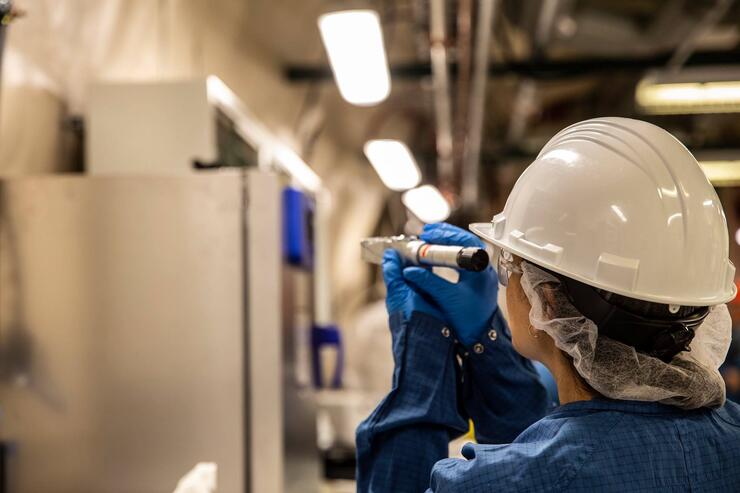
Over one hundred people work at SNOLAB, including about 50 underground daily. But this is not your typical commute from home. It’s an intricate process that begins at the surface facility in the community of Lively. Here, staff change into underground work clothes, take a 5-10 minute mine cage ride underground, and walk 1.5km through the mine before using the SNOLAB shower facilities and entering the clean lab.
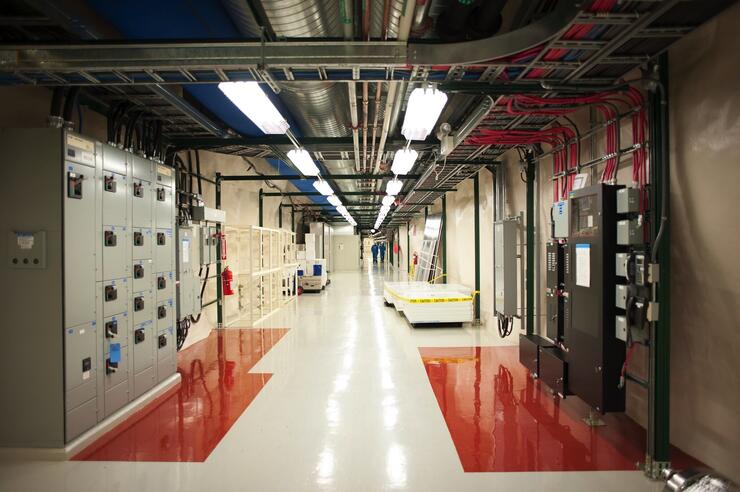
There are two main research areas and 12 active experiments currently underway. Let’s break them down.
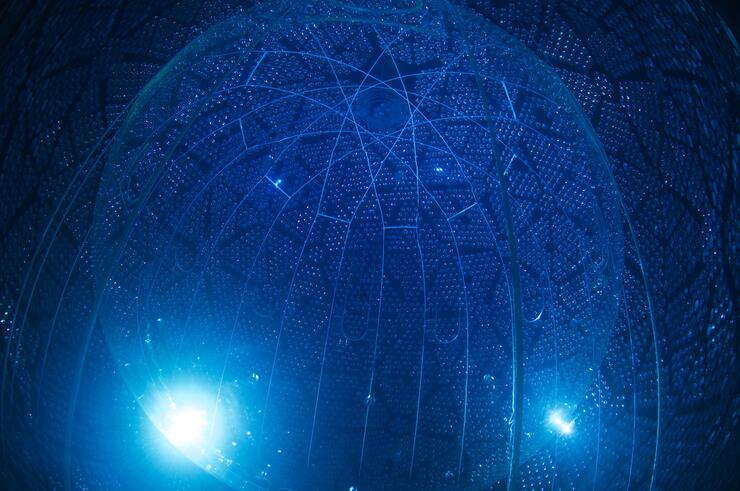
Neutrinos: In one experiment, SNO + reuses much of the original SNO detector hardware, which is filled with a liquid scintillator to detect neutrinos from various sources. When a neutrino hits the detector, light is created. HALO is a supernova detector designed to observe neutrinos from supernovae in our observable galaxy.
Dark Matter: This term refers to matter in space that’s never been seen before (85% of all the matter in the Universe is dark matter!). It’s nearly impossible to detect directly because dark matter doesn’t interact with the electromagnetic spectrum.
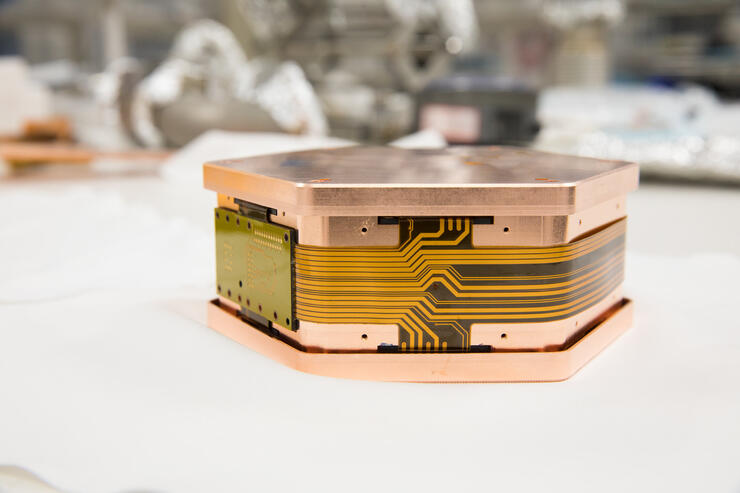
SuperCDMS uses silicon and germanium crystals held just above absolute zero to look for dark matter. When a particle interacts, it creates a detectable vibration in the crystals.
In addition to neutrino and dark matter studies, some biology experiments take advantage of the unique environment underground. FLAME looks at how the increased pressure from 2 km of rock underground affects metabolism. REPAIR studies the effect of very low background radiation on living organisms.
Can You Visit SNOLAB? Sort Of!
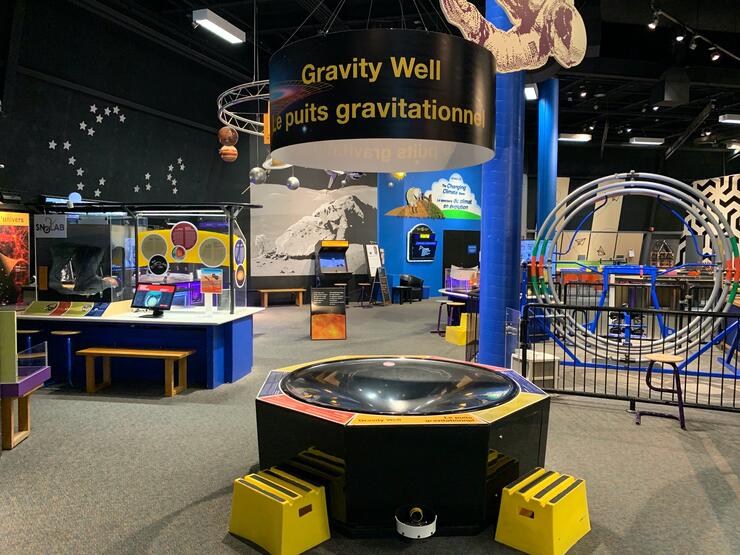
There’s a lot more to SNOLAB than what’s underground. Science North, near downtown Sudbury, has a 4th Floor exhibit area, Space Place, where you can learn about space and the search for dark matter. You can watch trails of particles zipping past in real-time at the cloud chamber, explore a model of SNOLAB, and take a virtual 360° tour of the facility. Hear from scientists from around the world who work at SNOLAB in Between the Stars: a fun 15-minute theater experience with special effects and cool objects.
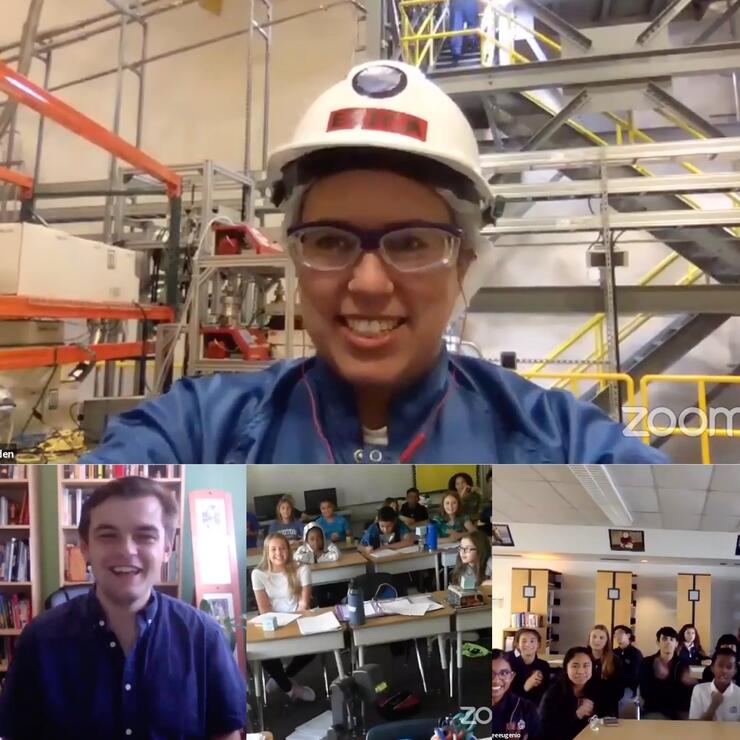
If you’re a student in Sudbury, there’s a good chance that you've seen the SNOLAB exhibits at Science North or had a presentation from the Education and Outreach team. Even though SNOLAB is not open to the public because it’s located in an active mine site, undergraduate and graduate students studying physics can apply to join summer school programs. During Covid, they’re taking place virtually, so students, keep an eye out for application deadlines for summer 2022! SNOLAB also has a post-secondary student hiring program with work opportunities in the underground lab, surface facility, and some offered remotely.
There are ties to SNOLAB at places you may least expect. On Minto Street is the Old Rock Coffee Roaster that serves a special brew called Dark Matter Coffee. We don’t think it was made with neutrinos (although they will certainly be passing through it), but it’s certainly a neat story to tell friends how it was named.
Believe it or not, there’s also SNOLAB-themed beer available at 46 North. One of its brews, Cosmic Rays, is made with yeast that was cultured in the lab!
Howo To Enjoy Snolab From Your Living Room
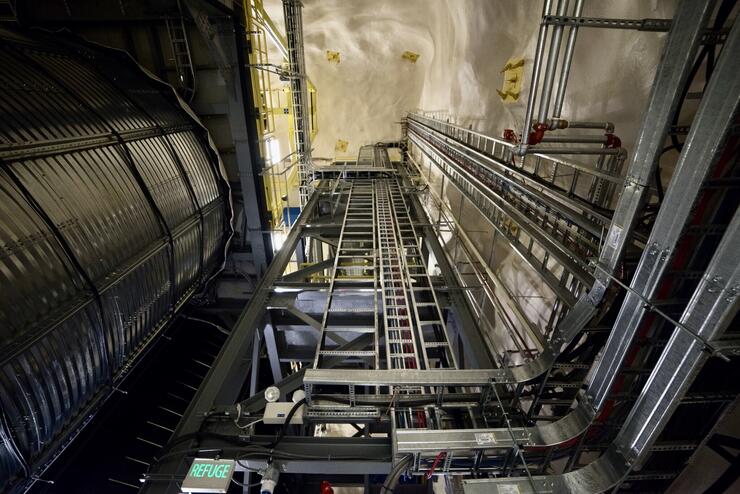
During these long pandemic days and nights, why not learn about SNOLAB from home? The easiest way to get acquainted is to explore the virtual tour (or the guided tour with Dr. Art Macdonald). Next, to understand the type of research being conducted, visit SNOLAB’S outreach page with educational videos such as “How to build a dark matter detector” To stay up to date, check out SNOLAB’s social media channels @SNOLABscience.
An engaging artist residency project, “Drift: Art and Dark Matter,” was created through a joint partnership with Queen’s University’s McDonald Institute and the Agnes Etherington Art Gallery. You won’t want to miss this project at the Art Gallery of Sudbury.
SNOLAB has become part of the fabric of Sudbury – dedicated to elevating scientific excellence in Canada and abroad.
Blaire Flynn and Jenna Saffin from the Education and Outreach Department at SNOLAB, contributed substantially to this article. The author wishes to thank them for their time and expertise.
Recommended Articles
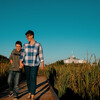
Sustainable Sudbury: An Eco-Friendly Guide To Travel
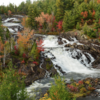
Experience the Group of Seven in Sudbury, Ontario
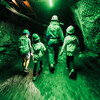
Rock On: Exploring Sudbury’s Impact Crater, Shatter Cones, and Geological Wonders
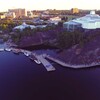
Why Conferences are Better in Sudbury, Ontario
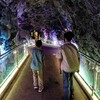
Why Sudbury is the Perfect Weekend Getaway
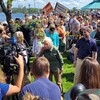
Discover Sudbury's Most Iconic (and Easy to Visit) Movie & TV Locations
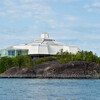
An Insider's Guide to Sudbury
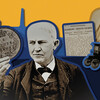
The Hidden History of Thomas Edison in Sudbury, Ontario
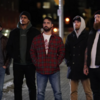
A Shoresy Lover's Guide to Sudbury
Sudbury Festivals 2025
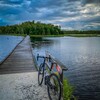
Sudbury’s Best Bike Rides
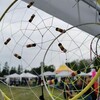
4 Indigenous Experiences in Sudbury: Shops, Galleries, and Adventures
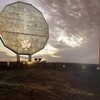
How Long Does It Take to Clean Sudbury's Big Nickel?
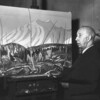
The Sudbury Art Heist
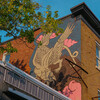
11 Must-See Murals in Sudbury, Ontario
